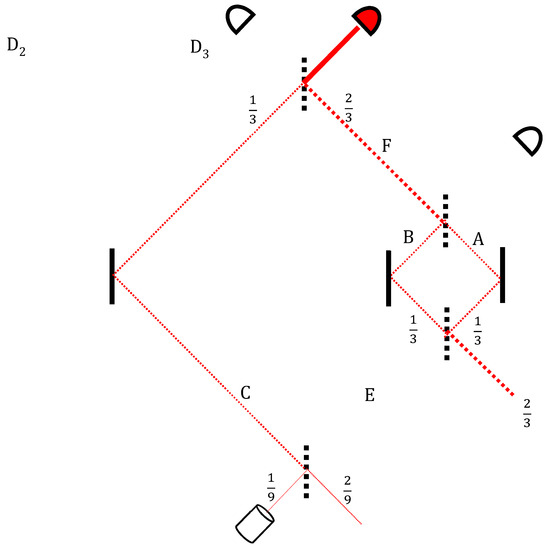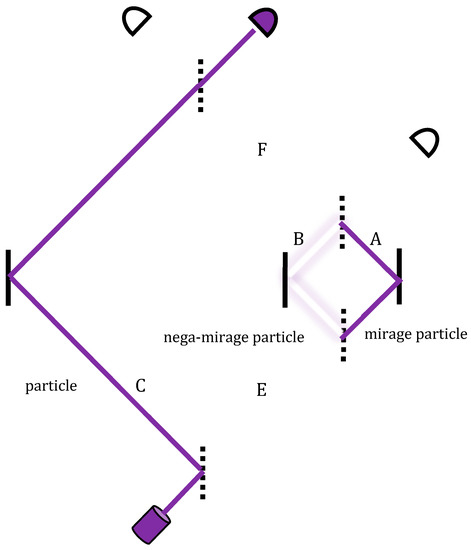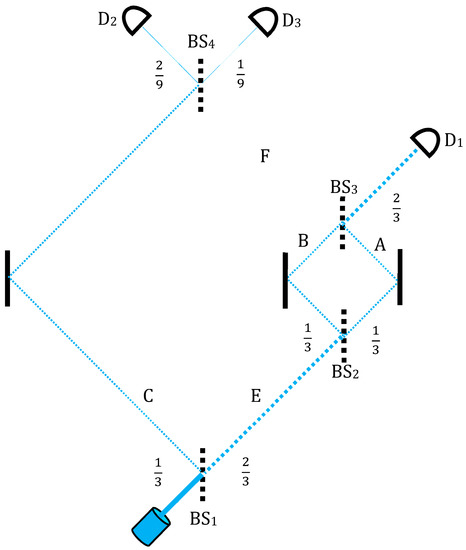by Y Aharonov - 2017 - Cited by 8 - Related articles
Jun 20, 2017 - In addition, a nonlocal property originating from the other distant slit has ..... quantum: a spatial wave (function) traverses the grating, one part of ...
What's amazing is when you look up who cites this stuff it's.... No one! Practically no one else!
This is the most fundamental discovery of reality - empirically proven in the lab!! And science says? Nothing... Not interested apparently.
the particle gives rise to a horde of such mirage particles, of which some can be negative. What appears to be “no-particle”, known to give rise to interaction-free measurement, is in fact a self-canceling pair of positive and negative mirage particles, which can be momentarily split and cancel out again. Feasible experiments can give empirical evidence for these fleeting phenomena. In this respect, the Heisenberg ontology is shown to be conceptually advantageous compared to the Schrödinger picture.
Among these mirage particles, there are some of which the presence has a minus sign, implying that, upon a weak enough interaction, their properties, including mass and charge, reverse their sign [15,25,26]. We also refer to mirage particles having negative weak values as “nega-particles” [14]. The formalism shows how positive and negative mirage particles can cancel one another into an apparent “nothing” [21,22], somewhat similarly to particle–antiparticle annihilation but with no energy output, and with the possibility of parting again out of the vacuum. Feasible experiments, awaiting laboratory realization, have already been proposed for demonstrating these predictions, some of which are described below. The consequences for quantum theory are far-reaching. The particle’s hypothesized multiplication, disappearance and reappearance prior to measurement [19,20] offer an intuitive account of the wavefunction’s oddities like “collapse,” nonlocality and temporal anomalies.
It is one of the wonders of quantum mechanics that, unlike classical physics, this apparent non-event is not devoid of causal efficacy: The interaction that has not occurred exerts nonlocal effects on the entire wavefunction just as if it has. This is interaction-free measurement (IFM) [40], where even a detector’s non-click destroys the interference.
 |
| The backward evolution from the actual detection. Again, a void branch goes to the nested MZI and exits towards an obviously void source. |
Since the positive and negative mirage particles can hide one another, this picture allows us to think of the pre-selection event as the source for all the extra particles emerging from the original. Each then follows some definite trajectory through space-time until they all meet again at the post-selection where they are re-absorbed. The reabsorption is essential because this is where the back action from the pointer system on each of the different mirage particles collectively affects the original particle.
 |
| The purple trajectory is the overlap of the blue and red lines of the earlier forward and backward state vectors. A momentary additional particle appears on the right path’s middle segment. |


No comments:
Post a Comment